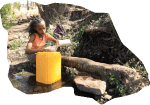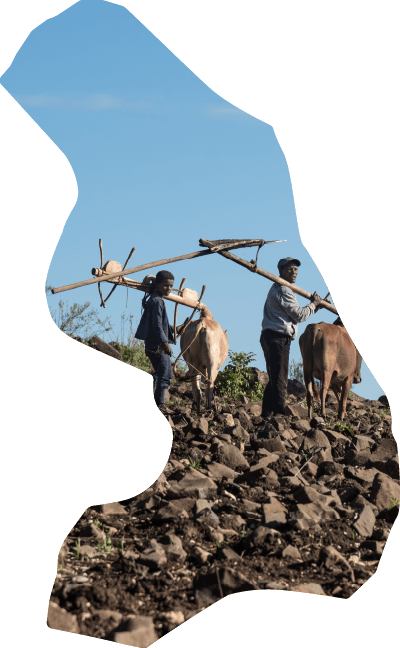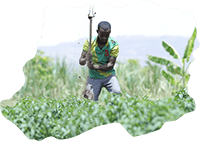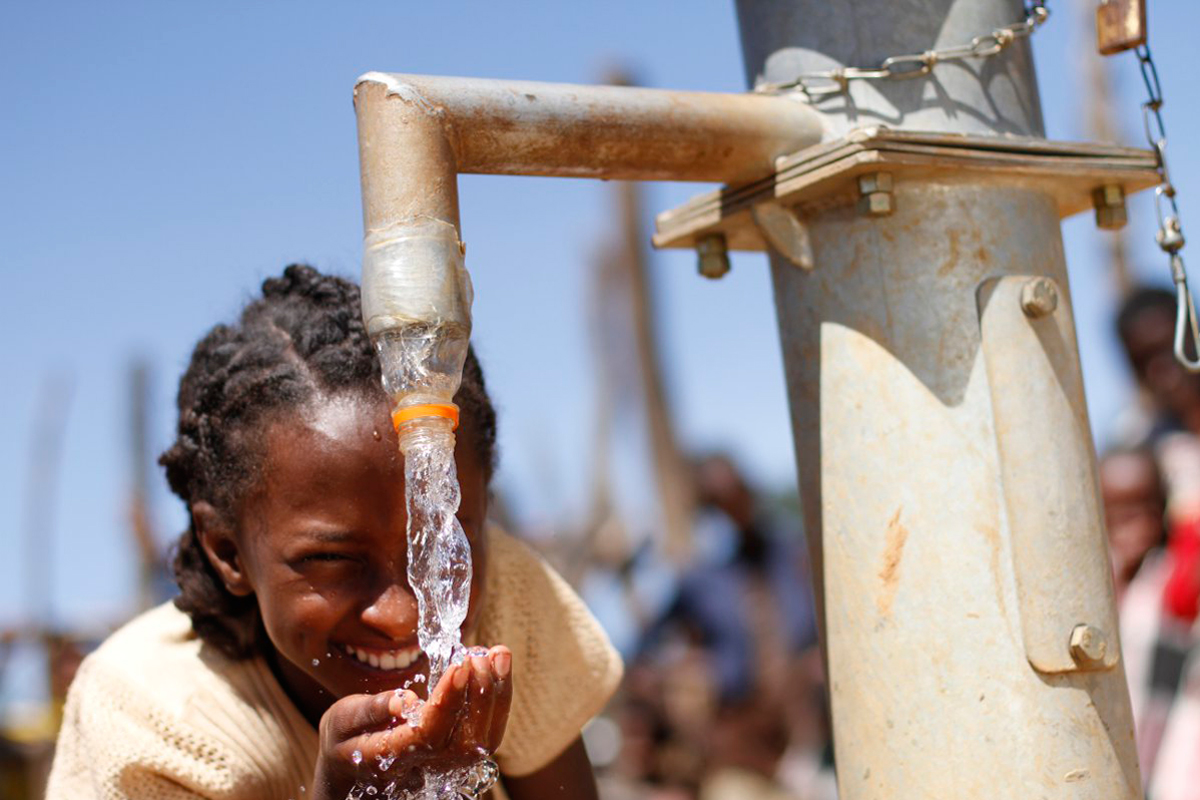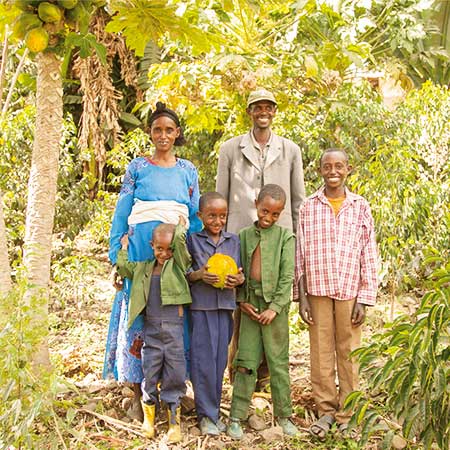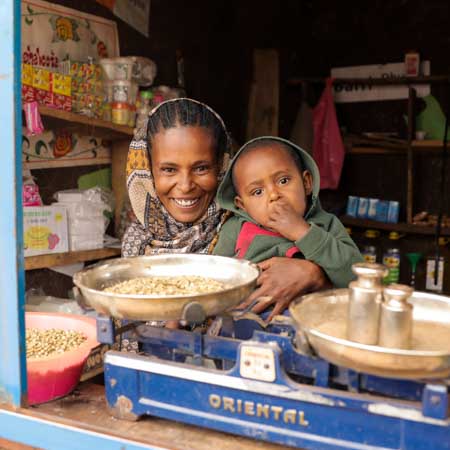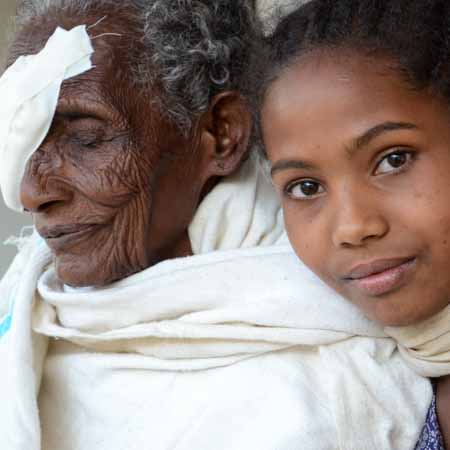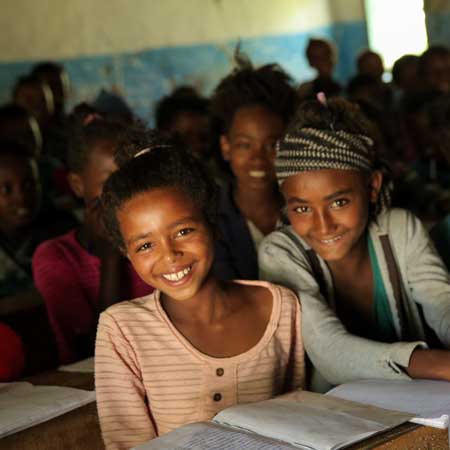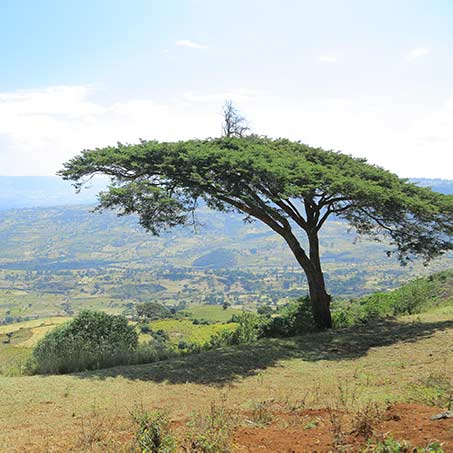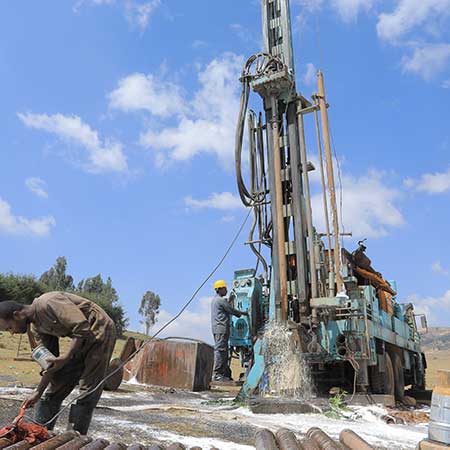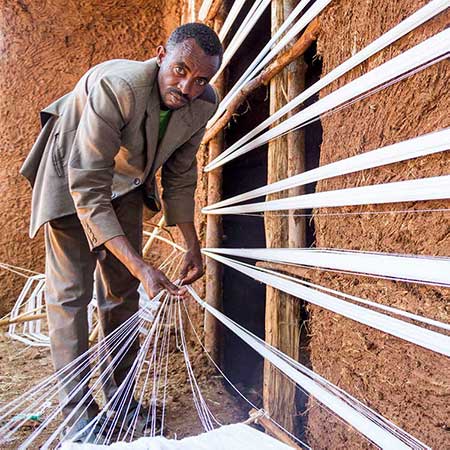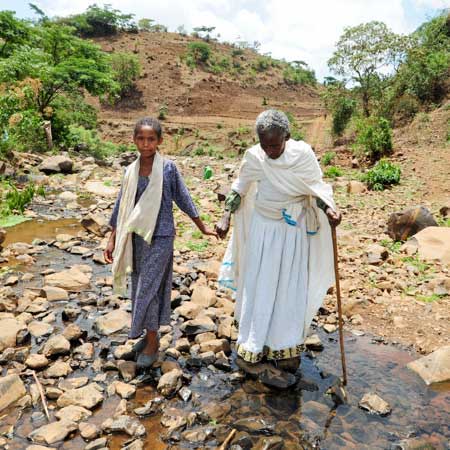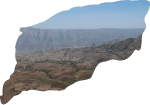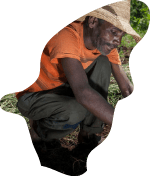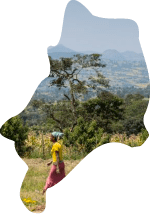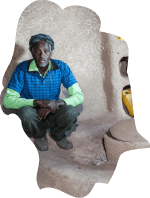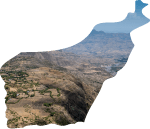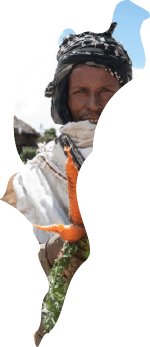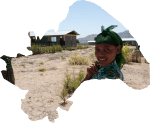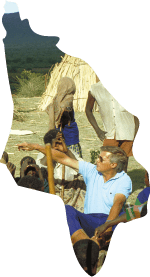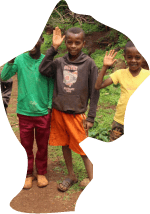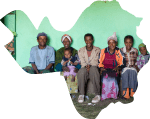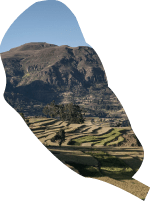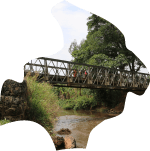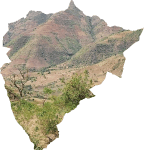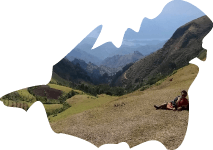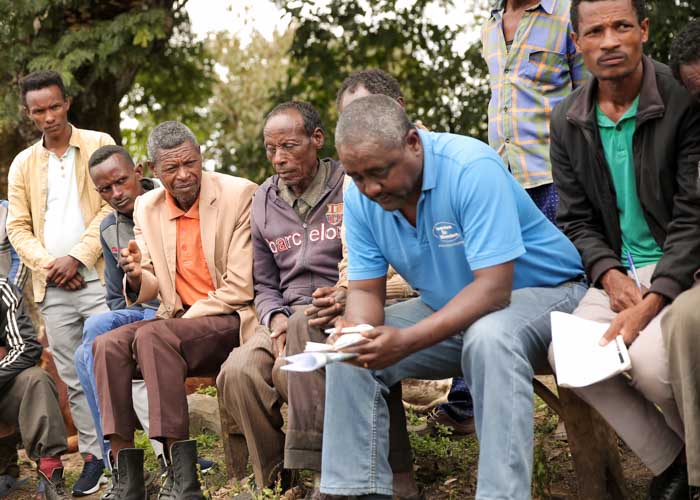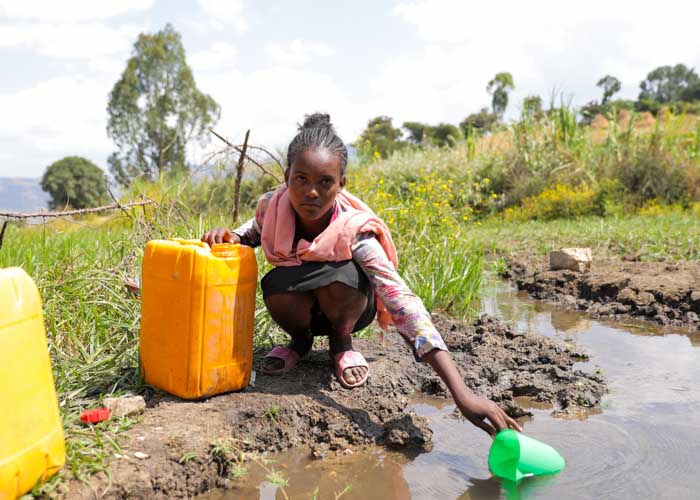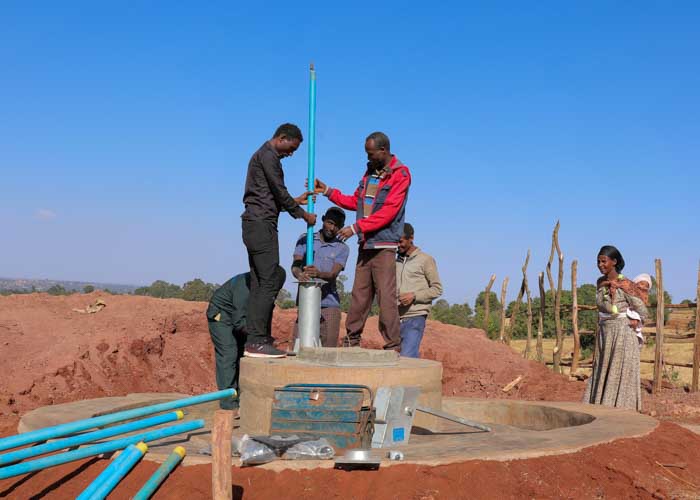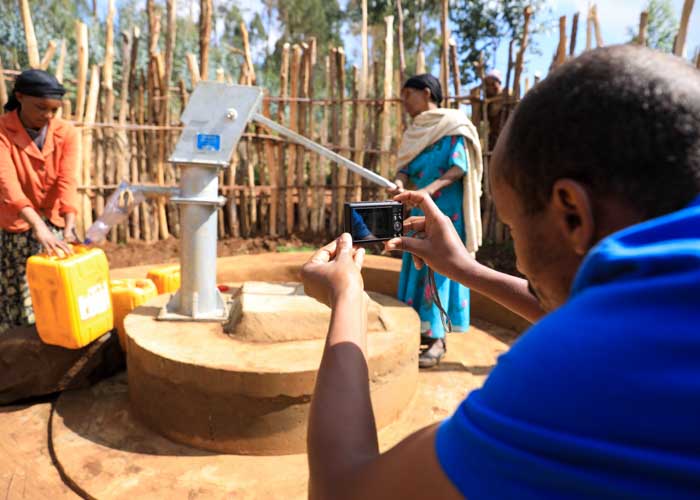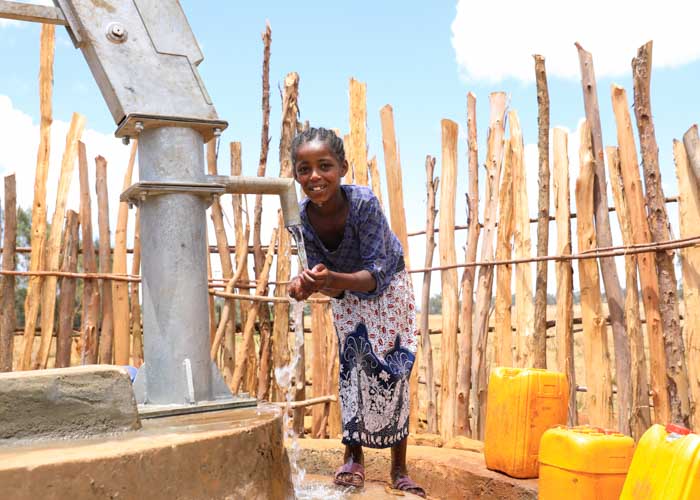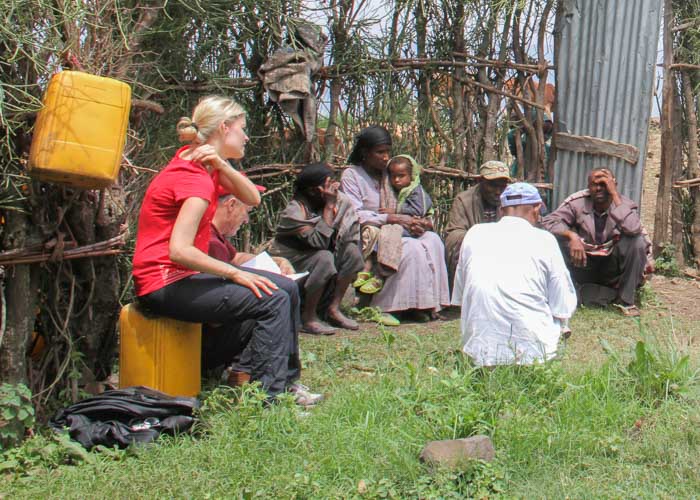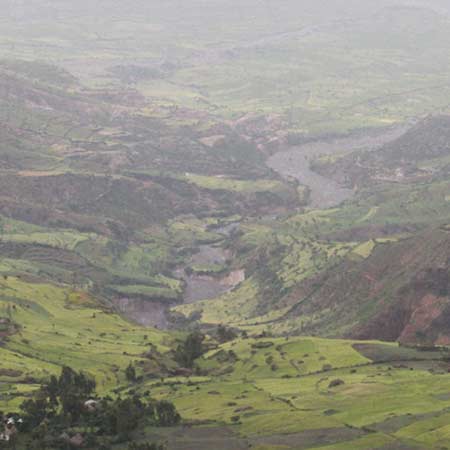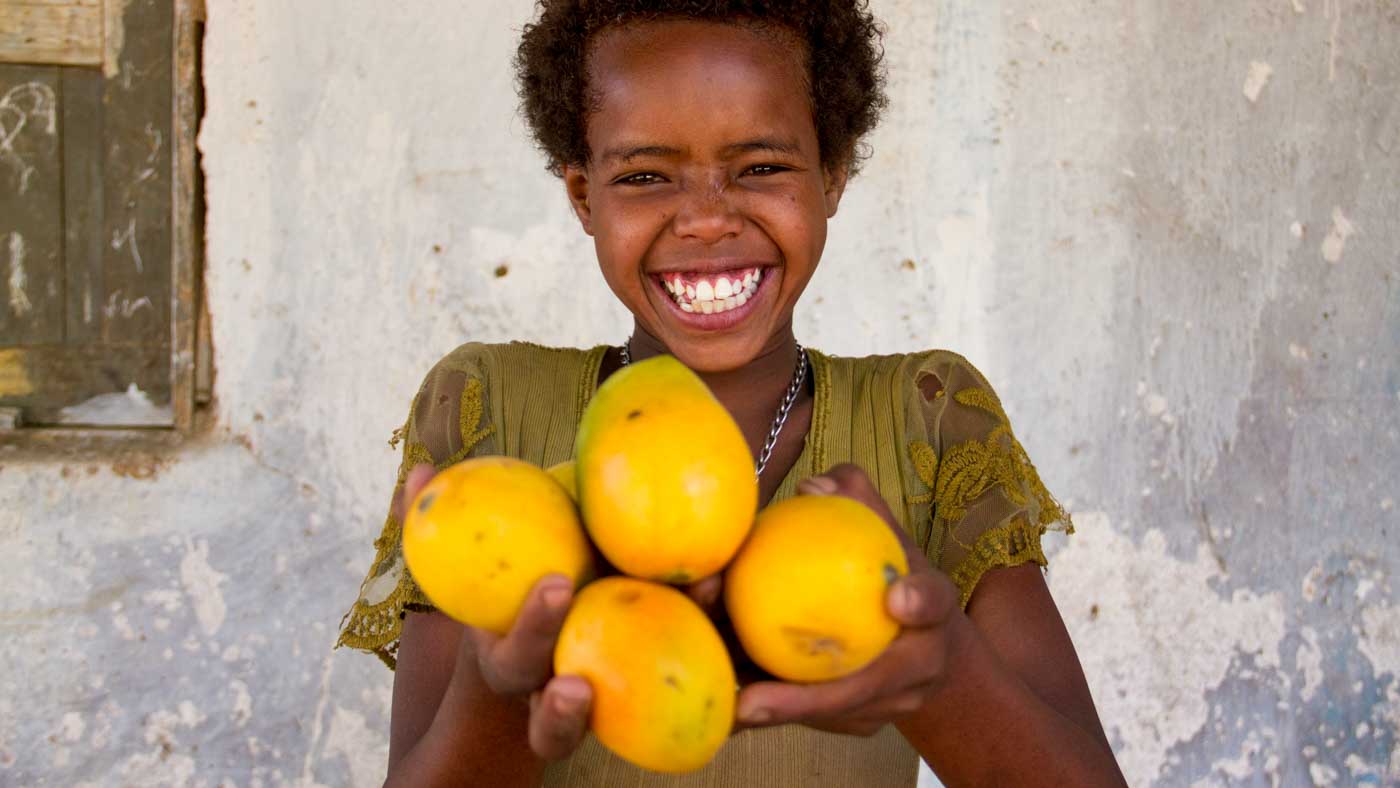
These are our
Projects
Our Projects
Subtitel
It is our goal to develop entire regions in rural Ethiopia and make them independent of external aid. To achieve this, we implement well-coordinated measures together with the local population. At the moment, the association Menschen für Menschen Austria organizes the project work in four project areas. In another, we have already completed our work and handed the responsibility back to the population. In this way we enable successes that last.

Our Project Regions
Subtitel
All undertakings in the current project regions Albuko, Chobi, Jeldu, Abune Ginde Beret and Ginde Beret* as well as in the previous project area Derra is or was entirely financed by Menschen für Menschen Austria. The implementation of the individual projects always takes place in close cooperation with our colleagues in Ethiopia.
* In the project regions of Chobi, Abune Ginde Beret and Ginde Beret, the security situation is tense due to the activities of insurgent groups. In order to protect our employees, we have restricted or paused our work in these regions and some of our employees are being deployed in other project regions. As soon as the situation allows, we will continue our activities as normal. (Status 3/2023)

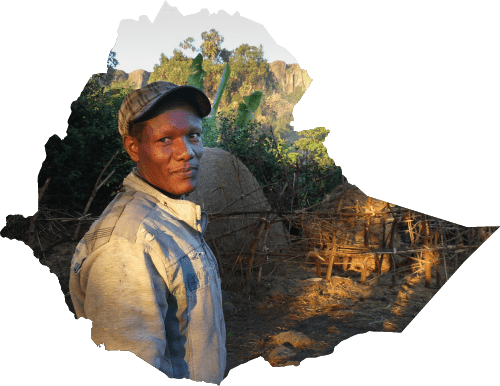
Development is only possible when everyone has the opportunity to improve their lives.
Quote from Alemu, farmer in Abune Ginde Beret
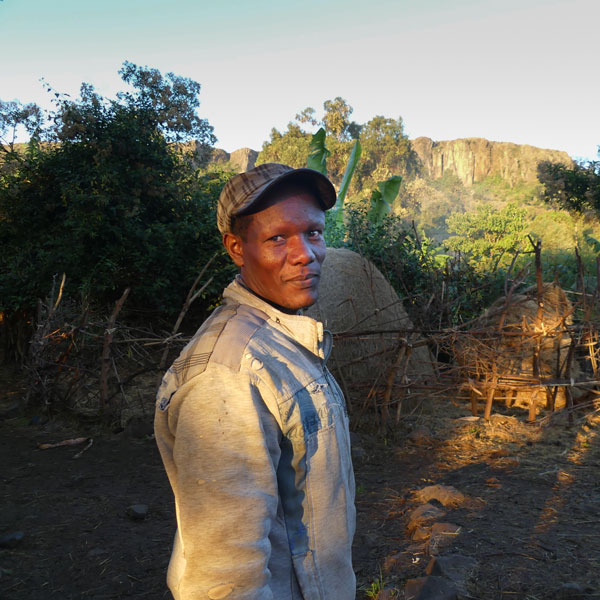
Helping People to Help Themselves
Taking Measures across All Areas of Life
Ethiopians face a variety of challenges. The steps taken to overcome these must be equally varied. Since all areas of life are closely interrelated, we make sure that our measures are correspondingly aligned and adjusted to each other- this is essential for providing sustainable change.
Working closely with the local population, our Ethiopian colleagues implement measures in the fields of agriculture, water, education, health and human development and income in the project regions. For more information on what we do and the considerations we make, read the individual subject areas.
Working closely with the local population, our Ethiopian colleagues implement measures in the fields of agriculture, water, education, health and human development and income in the project regions. For more information on what we do and the considerations we make, read the individual subject areas.
What we do beyond our focal areas
It needs a clear path, to reach the goal of sustainable development. That is why providing the infrastructure for easier access to the regions is a central part of our work. Further key aspects include afforestation and reforestation and the protection of natural resources. These issues have always been a matter of the heart for Menschen für Menschen. Only by ensuring this families' livelihoods are protected and preserved.
When the going gets tough, we certainly also provide emergency aid. Thanks to the infrastructure built by Menschen für Menschen, we can ensure that help reaches the people quickly and easily.
When the going gets tough, we certainly also provide emergency aid. Thanks to the infrastructure built by Menschen für Menschen, we can ensure that help reaches the people quickly and easily.
Stories & People
Subtitel
Around 550,000 people live in the project regions of Menschen für Menschen Austria. Some of them have shared with us their personal stories on behalf of many, letting us know the major positive impact our work has had.
Project areas of the entire Organisation
Subtitel
Menschen für Menschen has been active in Ethiopia since 1981. Our work mainly comprises comprehensive projects furthering long-term development in the chosen project regions. However, occasional projects such as the construction of vocational training centres, the Abdii Borii children's home and the Agro-Technical and Technology College in Harar (ATTC) are implemented outside of our project regions.

60,000 Square Kilometers of Total Area
comprise the project regions of the overall organisation. This corresponds to about two thirds of the area of Austria.

6 Million People
in Ethiopia have benefited from the work of Menschen für Menschen.

16 von 29 Project Regions
have already been completed and the responsibility of preservation handed over to the population and local authorities.
Project Course: Step by Step to Joint Success
Only measures that are planned together with the population and implemented based on dialogue engaged at eye level can have a lasting positive effect. Therefore, our employees work together with the local population throughout the entire process on developing successes that last. Continue reading for details on how we plan and implement our projects: From the selection of the project region to reviewing our work.

